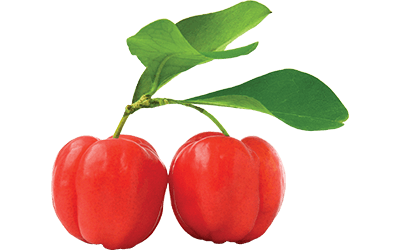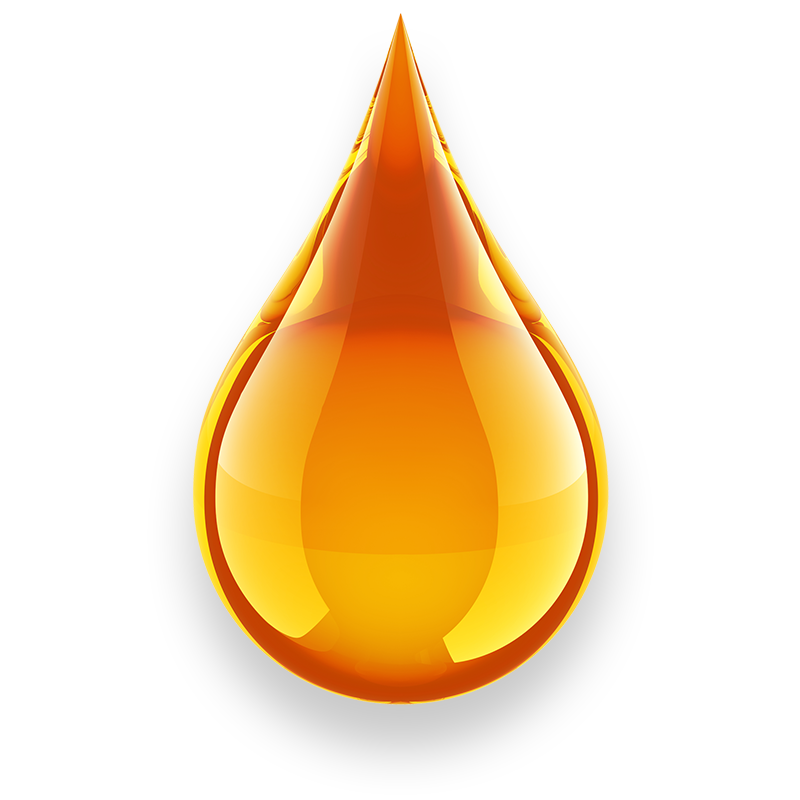
Acerola
Active substance: Vitamin C
Geographical Spread
Aserola is a small tree or shrub native to the West Indies (Caribbean) and South America. It carries berries that contain three seeds, a number that certifies the authenticity of Acerola, while others with already 4, 5 or 6 seeds have a much lower nutritional value.

Historical Features
The scientific community only became aware in 1945 of the very high nutritional value of Acerola due to its high vitamin C content (Ascorbic Acid). The content of this plant in Vitamin C is 50-100 times higher than that of orange, making it the ideal source for taking this valuable vitamin (Clein, 1956).
Pharmaceutical Use
The scientific community only became aware in 1945 of the very high nutritional value of Acerola due to its high vitamin C content (Ascorbic Acid). The content of this plant in Vitamin C is 50-100 times higher than that of orange, making it the ideal source for taking this valuable vitamin (Clein, 1956).

Phytochemical Composition
Acerola, in addition to its very high vitamin C content, also contains carotenoids, γ-aminobutyric acid and polyphenols (Hanamura, Uchida, & Aoki, 2008). Some of the additional ingredients it contains such as carotenoids and flavonoids (eg anthocyanins) have been the subject of recent studies on their antioxidant effects and possible positive effects on the cardiovascular system (Mezadri, Villano, Fernandez-Pachon, Garcia-Parilla, & Troncoso, 2008).
- Clein, N. (1956). Acerola Juice – The Richest Known Source of Vitamin C. The Journal of Pediatrics, 140-145.
- Hanamura , T., Uchida, E., & Aoki, H. (2008). Skin-lightening effect of a polyphenol extract from Acerola (Malpighia emarginata DC.) fruit on UV-induced pigmentation. Bioscience, Biotechnology, and Biochemistry.
- Mezadri, T., Villano, D., Fernandez-Pachon, M., Garcia-Parilla, M., & Troncoso, A. (2008). Antioxidant compounds and antioxidant activity in acerola (Malpighia emarginata DC.) fruits and derivatives. Journal of Food Composition and Analysis, 282-290.
- Morton, J. F. (2004). Fruits of Warm Climates.


